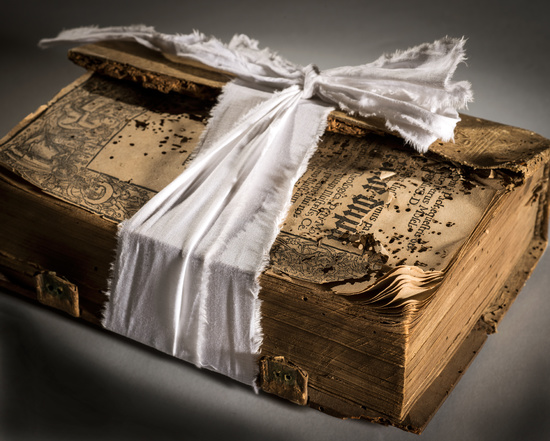
The Gleimhaus is a museum of literature, the German Enlightenment and friendship. It houses Gleim's collections of portraits, books and letters (the three 'Bs' - "Bildnisse, Bücher, Briefe"). These form a unique record of the Age of Enlightenment era and its culture of friendship. Thus, the Gleimhaus is also an ideal place to reflect on the "public use of reason" (Kant).

Gleim was one of the most widely read poets of his time and was friends with many other writers. He gathered their likenesses together on his walls and thus compiled the most extensive portrait gallery of great minds of the 18th century, his so-called "Temple of Friendship". Lessing, Klopstock, Herder, Jean Paul, Anna Louisa Karsch and many others gaze out at visitors. Gleim also built up a large library and a collection of manuscripts, the first literary archive in Germany.
The Gleimhaus is one of the oldest German poetry museums, established in 1862 in the former home of Johann Wilhelm Ludwig Gleim (1719-1803) at Halberstadt Cathedral. It is listed in the Federal Government's Blue Book as a "Cultural Memorial Site" of national importance.
The Gleimhaus understands Enlightenment not only as a historical epoch, but also as a task in the present. It offers a rich programme of events and exhibitions as well as a wide range of educational activities.

Early on, Gleim began surrounding himself with portraits of friends. Over the years, the walls filled up. At the same time, his library grew. His correspondence with around 500 people took on the characteristics of a manuscript archive, which he supplemented with the working manuscripts by his poet friends. As the cultural value of these collections became increasingly clear, the collector systematically expanded them further and ensured their preservation in his will.
The Gleimhaus publishes the series "Schriften des Gleimhauses Halberstadt" (Writings of the Gleimhaus Halberstadt)through the publisher Wallstein Verlag Göttingen.
An academic conference programme is realised with partners from universities; the corresponding conference proceedings are published partly in the Gleimhaus' own publication series or those of its partners.

Restoration and conservation are essential activities for the protection and preservation of cultural assets. Conservation measures aim to maintain and preserve cultural artefacts in their current condition. Objects that are too badly damaged, on the other hand, require restoration which involves direct intervention to return them to a usable state.
Gleim recognised and supported literary talents. In his spirit, the Gleimhaus awards two literary prizes today. Every two years, a research work on the 18th century is honoured with the Gleim Literature Prize. Additionally, the Gleimhaus Literature Prize for Students is awarded annually to pupils (from year 5 and up) in the Harz district.

The decision to establish a supporter’s association for the Gleimhaus was made in 1990, and the Förderkreis Gleimhaus e.V. was officially registered in 1991. In 1995, the association assumed sponsorship of the Gleimhaus and receives grants from the City of Halberstadt and the state of Saxony-Anhalt for this important task. Every two years, the Förderkreis Gleimhaus e.V. awards the "Gleim Literature Prize" for significant research contributions to the cultural history of the 18th century.